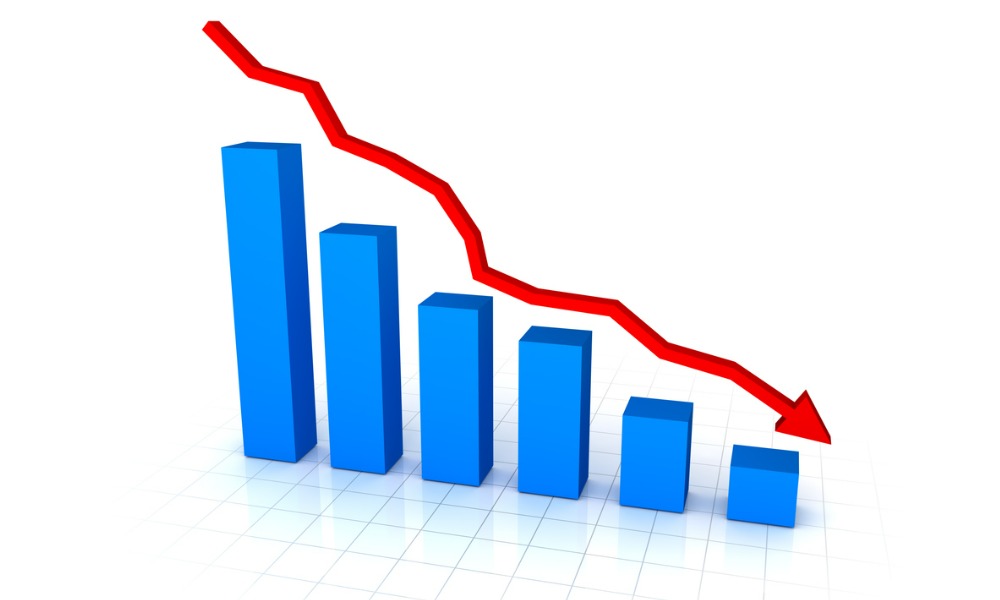Drop would also impact the already struggling building sector, internal review warns

Home prices could drop by as much as 20% from their peak in just over two years, according to an internal assessment by the Reserve Bank of Australia.
Prices would tumble by 20% under the RBA’s “downside housing price scenario.” The fallout from such a drop would also impact both broader consumption and the already struggling building sector, according to a report by The Australian.
Documents released to the publication under Freedom of Information showed the central bank’s concerns about the recent weakness in housing prices – especially in Sydney and Melbourne – and the effect it’s having on dwelling investment.
The documents showed that national housing prices dropped unexpectedly in the June quarter, driven by declines in the two cities, The Australian reported. The RBA predicts that price falls in Sydney and Melbourne have continued over the second half, with its central case scenario for prices in those cities expected to be off by about 1.5% per month.
At the same time, the RBA found that price growth has slowed in other capital cities and regional areas. The central bank expected this to continue and prices in those markets to also drop, The Australian reported.
The central bank’s base case for national housing prices predicted an 11% peak-to-trough drop by late 2023, with the impacts also hitting residential construction. The internal RBA documents said “a steeper cash rate path and declining house prices are expected to deter demand for new housing which weighs on dwelling investment further out.”
Read next: Sydney property “highly overvalued” despite price falls – report
While the base scenario foresees an 11% drop, the RBA’s downside scenario – in which people become pessimistic about the outlook – predicts a 20% peak-to-trough tumble in housing prices by the end of 2024.
That’s roughly twice what the central bank assumed as its baseline case, and below the range of estimates from its own models and most market economists, The Australian reported.
“This would have an effect on both dwelling and investment, especially later in the forecast horizon, and consumption,” the internal documents said.



